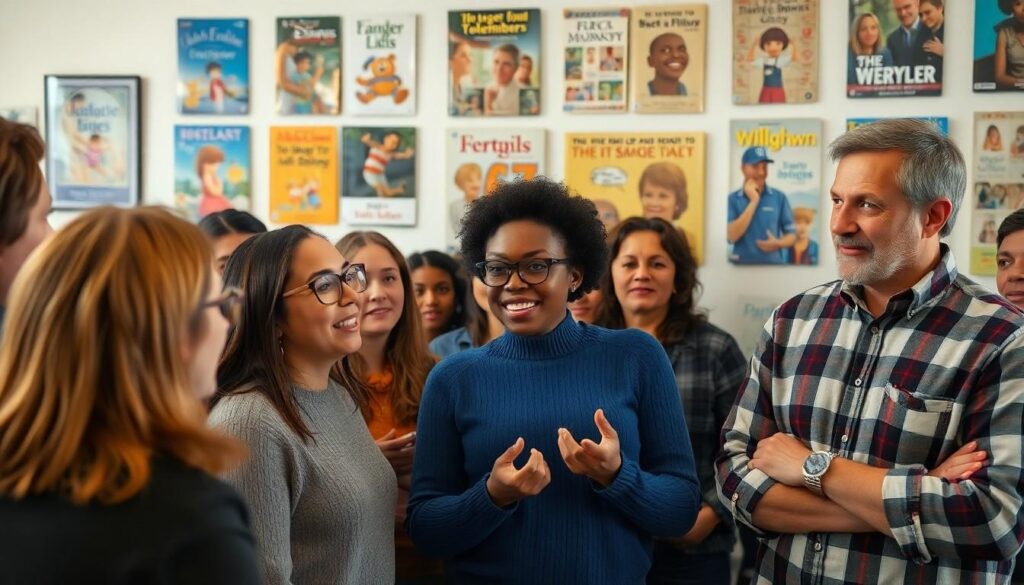The Mandela Effect captivates minds with its intriguing blend of memory and reality. Named after Nelson Mandela, who many mistakenly believed died in prison during the 1980s, this phenomenon highlights how collective false memories can shape perceptions. It raises questions about the reliability of memory and the nature of reality itself.
In a world where information spreads rapidly, the Mandela Effect serves as a fascinating reminder of how easily people can be misled. From misremembered movie quotes to altered historical events, these shared misconceptions reveal the quirks of human cognition. As individuals explore these curious instances, they often find themselves questioning their own memories and the world around them.
Understanding The Mandela Effect
The Mandela Effect encompasses the phenomenon of collective misremembering among groups of people. It emphasizes the ways in which shared false memories shape perceptions of events and history.
Definition And Origins
The Mandela Effect refers to the occurrence where a significant number of individuals vividly recall an event or detail differently from established facts. This term originated in 2009, coined by paranormal researcher Fiona Broome. Broome discovered that she, along with many others, mistakenly remembered Nelson Mandela, the former South African president, as having died in prison during the 1980s. In reality, Mandela lived until 2013, having served as president from 1994 to 1999.
Key Examples
Numerous examples illustrate the Mandela Effect in action.
- Berenstain Bears: Many recall the popular children’s book series as “Berenstein Bears,” instead of the correct spelling, “Berenstain.”
- Curious George: Some people vividly remember the character having a tail, but Curious George has always been tailless.
- Monopoly Man: A considerable number of individuals mistakenly believe that the Monopoly Man wears a monocle, although he does not.
These instances demonstrate how collective memory lapses can lead to widespread misremembering of simple facts or details, raising questions about the reliability of individual and collective recollection.
Psychological Explanation

The psychological underpinnings of the Mandela Effect reveal complexities in human memory. Two significant concepts explain how these collective misrememberings occur.
Cognitive Dissonance
Cognitive dissonance occurs when individuals experience mental discomfort from holding conflicting beliefs or memories. This discomfort often leads people to adjust their recollections to align with prevailing cultural narratives or popular opinions. When significant numbers of individuals share a distinct memory, it becomes easier for others to adopt that version, even if it contradicts their own recollections. This collective tendency creates a cycle where misremembered details gain traction, further solidifying the altered memory within the community.
False Memories
False memories represent the primary mechanism behind the Mandela Effect. These inaccuracies arise when memories of events are reconstructed, often shaped by biases and expectations. Memory reconstruction is inherently flawed; it’s not an exact replication of past occurrences. The misinformation effect also plays a critical role; exposure to misleading information after an event can modify how the event is recalled. For instance, media narratives or popular discussions can unintentionally implant distorted information, leading to shared inaccuracies among groups. This dual influence of reconstruction and misinformation underscores how easily collective false memories can emerge.
Cultural Impact

The Mandela Effect deeply influences cultural perceptions and discussions. It prompts scrutiny of memory reliability, especially in media and social interactions.
Media And Pop Culture
The Mandela Effect shapes various elements of media and pop culture. Numerous instances illustrate how collective misremembering occurs among large groups.
- The Monopoly Man is often recalled as wearing a monocle, despite lacking this accessory in official images.
- People regularly confuse the logo of Fruit of the Loom with a cornucopia, when it actually features only fruit.
- The classic children’s series is falsely remembered as “Berenstein Bears,” though the accurate title is “Berenstain Bears.”
Such examples show how iconic images and characters contribute to shared inaccuracies, reinforcing the significance of this phenomenon in everyday entertainment and cultural references.
Social Media Influence
Social media amplifies the effects of collective false memories. Platforms like Facebook and Twitter enable rapid dissemination of widespread misconceptions, often leading to viral discussions. Users share personal recollections, further solidifying inaccurate memories among their peers.
The nature of social media allows easily spread misinformation, as posts can quickly gain traction without fact-checking. Social media often serves as a breeding ground for shared memories, resulting in discussions and debates rooted in collective misremembering.
Controversies And Debates

The Mandela Effect sparks intense discussions among enthusiasts, with advocates presenting varying views on its origins and implications. These debates typically center around the contrasting perspectives of skeptics and believers.
Skeptics Vs. Believers
Skeptics argue that psychological and cognitive factors primarily explain the Mandela Effect. They highlight key mechanisms, including:
- Priming and Suggestibility: Exposure to misleading information shapes and alters subsequent memories, resulting in inaccurate recollections.
- Confabulation: The brain often fills memory gaps with incorrect details, leading to a distorted version of past events.
- Memory Reconsolidation: Memories re-enter a malleable state when recalled, making them susceptible to distortion and modification.
Conversely, believers attribute the Mandela Effect to more mysterious phenomena. They propose theories involving parallel universes or glitches in reality as potential explanations for collective misremembering. This division has led to ongoing discussions about memory’s reliability and the nature of reality, with both groups seeking to understand why large numbers of people share the same false memories.
Real-World Implications
The Mandela Effect has notable real-world implications. It raises concerns about how misinformation spreads, particularly in the digital age. Social media serves as a powerful tool for enhancing the spread of false memories, as users easily share recollections, often reinforcing incorrect details. This phenomenon may influence educational settings, where educators and students alike might mistakenly reference “facts” that are, in fact, widely misremembered. Additionally, consequences of these inaccuracies extend into legal realms, where witness testimony can come into question due to collective memory distortions. As societies navigate an era characterized by rapid information exchange, understanding the Mandela Effect’s implications becomes increasingly vital.
Conclusion
The Mandela Effect serves as a fascinating lens through which to examine the complexities of human memory. As individuals navigate a world saturated with information and misinformation, the phenomenon emphasizes the fragility of collective recollections. It challenges the notion of an objective reality and invites deeper reflection on how memories are formed and shared.
In an age where social media acts as a catalyst for spreading both truths and inaccuracies, understanding these dynamics is crucial. The ongoing debates surrounding the Mandela Effect not only reveal the intricacies of memory but also highlight the importance of critical thinking in discerning fact from fiction. As awareness grows, so does the need for vigilance in how memories are perceived and communicated.


